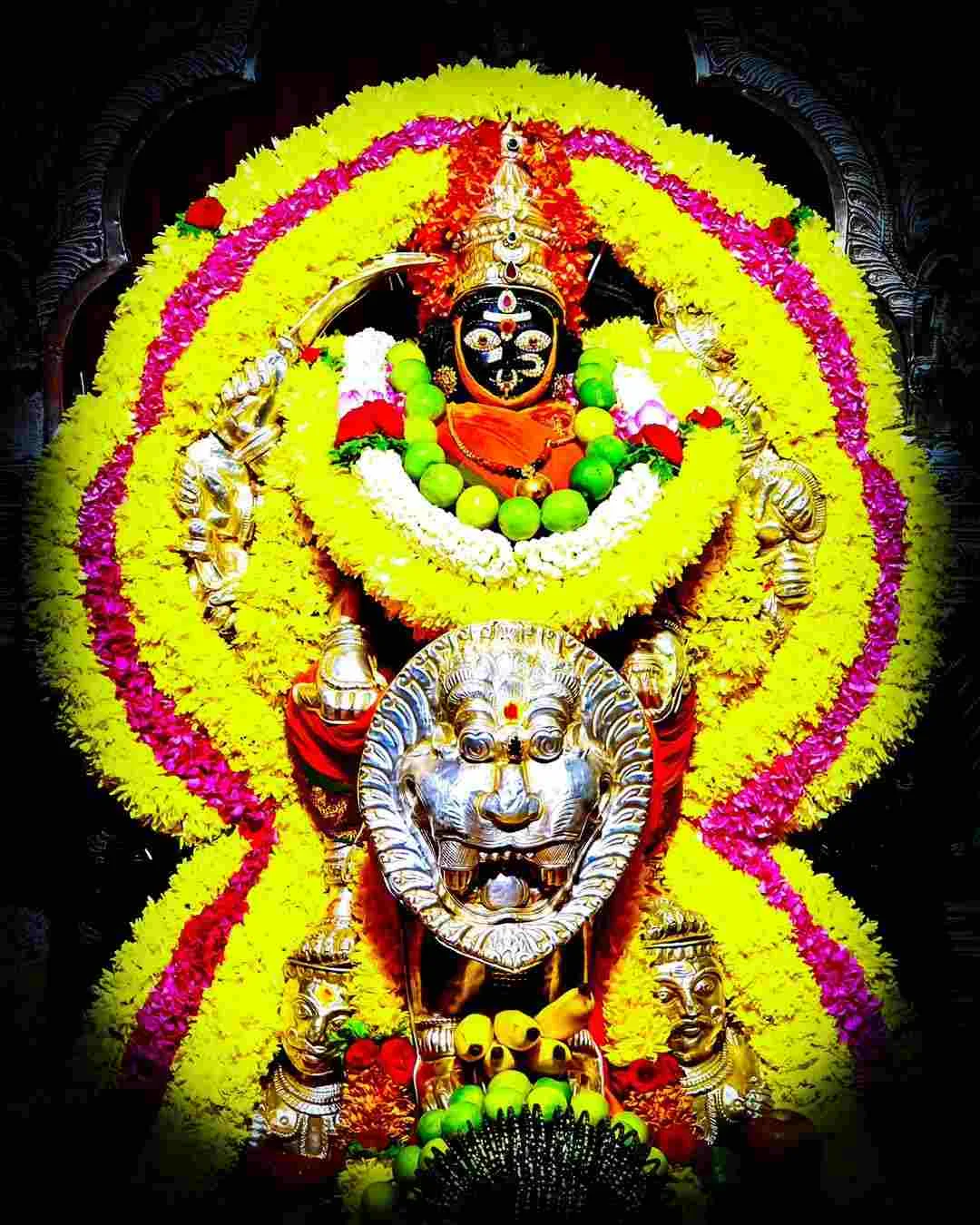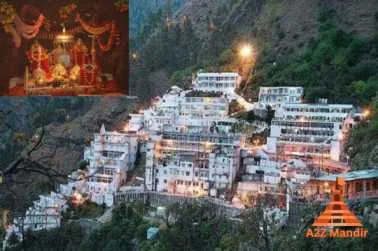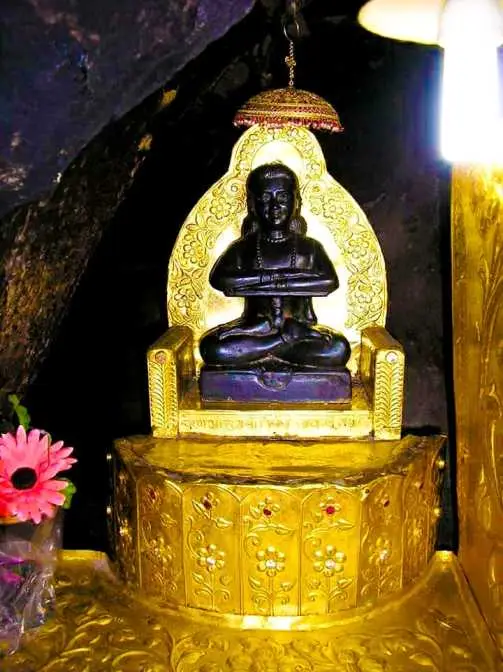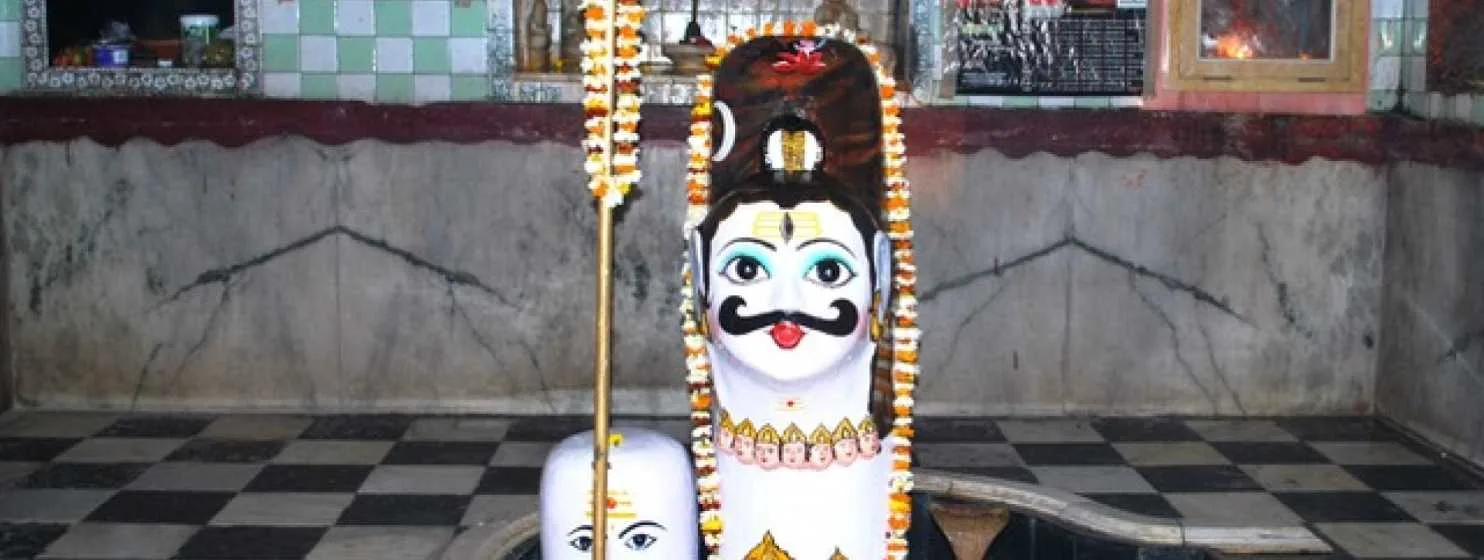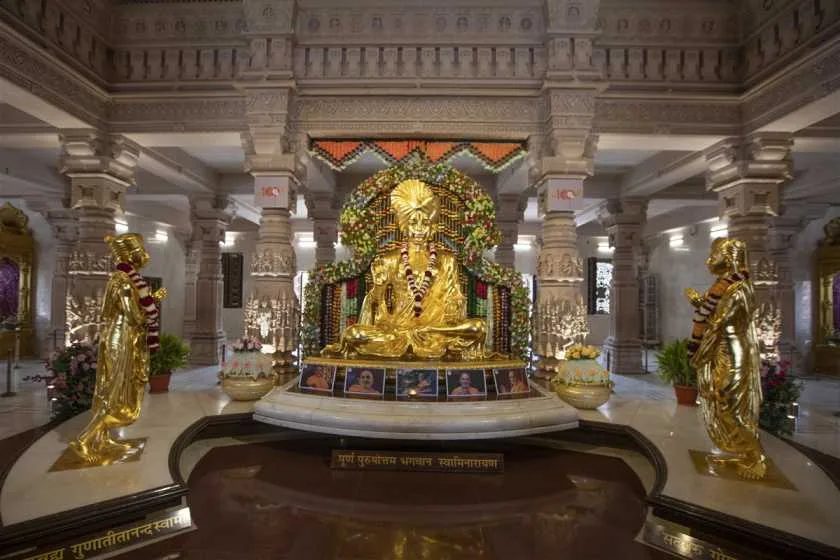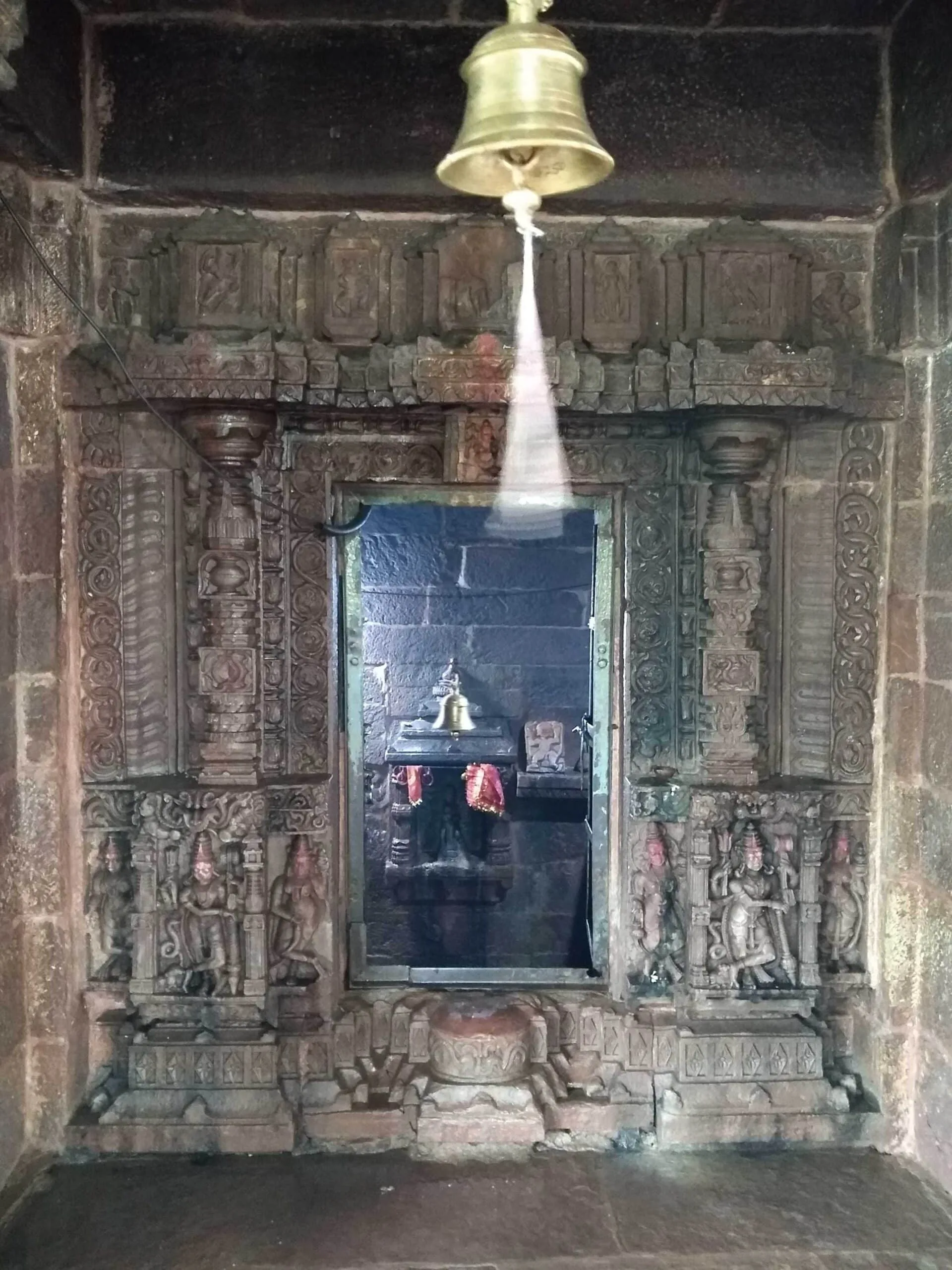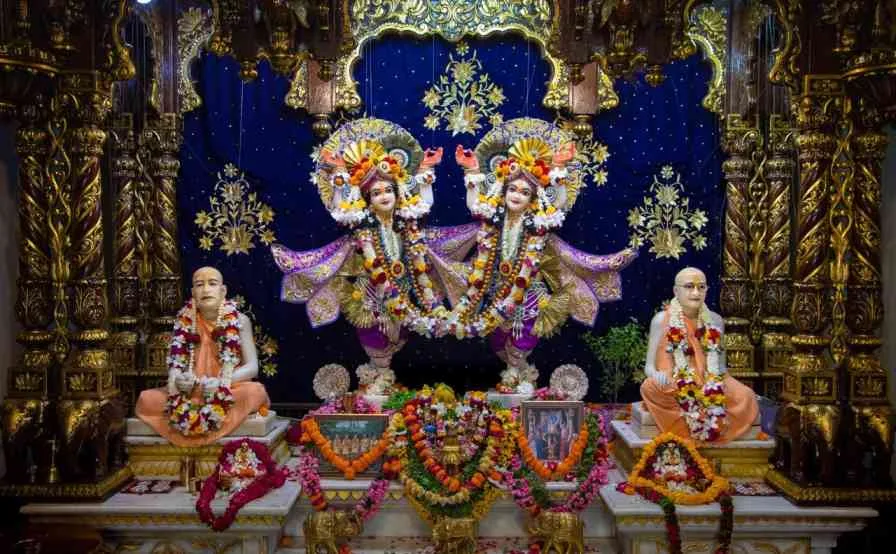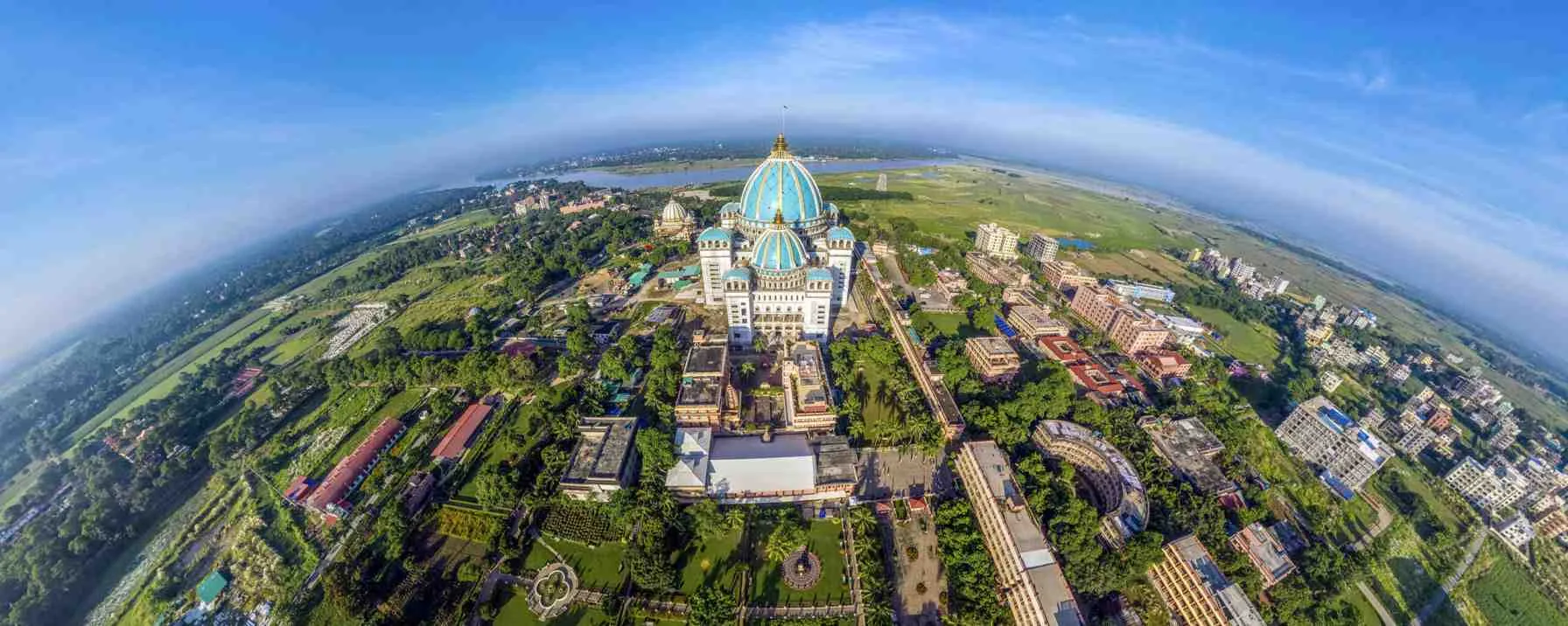Siddhivinayak Temple Mumbai: A Wish Granting Shrine Guide
The Shri Siddhivinayak Ganapati Mandir is a special temple for Hindus. It’s built to honor the god Ganesha. You can find this temple in a place called Prabhadevi in Mumbai, India.
Two people named Laxman Vithu and Deubai Patil first built this temple way back on November 19, 1801.
Many Hindus visit this temple, making it one of the most well-known Hindu temples in Mumbai.


